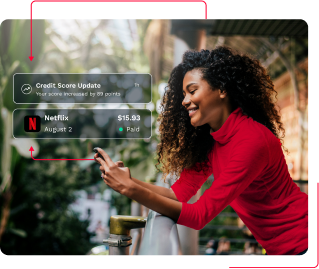

StellarFi (StellarFinance, Inc.) and its affiliates do not provide financial, tax, legal, or accounting advice. This material has been prepared for informational purposes only, and is not intended to provide, and should not be relied on for, tax, legal, or accounting advice. You should consult your own financial, tax, legal, and accounting advisors before engaging in any transaction. StellarFi receives a referral fee from the partners mentioned in this article.

With StellarFi, your bills are paid on time and reported to Experian® and Equifax®.